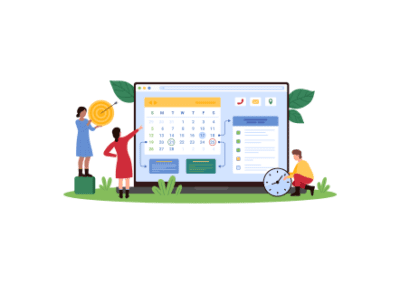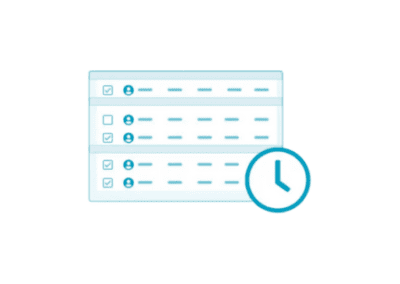Large scale events would be nothing without the staff that make them possible. Ticket checkers, ushers, security, behind the scenes – so many hands go into making events successful. More often than not, event staffing has a direct impact on service, and attendee satisfaction!
Event organizers wear many hats, and workforce managers is one of them. There are a range of factors that come into play when staffing an event;
- How much staff do you need?
- What types of staff do you need?
- Where will you get all of those staff members?
- How will you ensure they all arrive on time?
- How will you handle checking them all is for shifts?
Let’s take a look at how event staffing can be managed, and can ultimately impact and improve overall service and customer satisfaction!
Effectively Managing Event Staffing
Planning the right number of staff
Planning the right number of staff can be one of the biggest decisions to make when planning an event. Largely due to the uncertainty of events going ahead and the safety risks they pose, inadequate staffing has become a chronic issue within the events industry.
When it comes to events, many perceive that it’s better to be safe than sorry. Being moderately overstaffed is better than being a few people short of fulfilling your goal. But finding that happy medium is what can set a good event from a great event. Always remember:
“By failing to prepare, you’re preparing to fail.”
Many use a rule of thumb when it comes to landing on the right number of event staff… But one of the more common strategies to finding the right number of events staff is identifying the exact roles that are required. Think about the roles you need filled, and the logistics of the venue – and you’ll start to get a clear vision of what’s needed.
Some event managers use employee scheduling software to utilise event templates, which can help staff events based on the number of attendees!
Skillsets and their impact

By applying this outlook, event planners will gather a range of highly-skilled event staff who can work competently across a range of events. But if your recruitment team like to find raw talent that can evolve, there’s always the option of cross-training.
Cross-training
Cross-training employees isn’t just about adding a little extra to their capabilities. It is about enhancing their skillsets to provide a major boost to your productivity and improve your overall service. It is impossible and illegal to make your employees work 365 days a year. So, to improve and keep a high-level service year on year, you must have a decent number of employees and retain those who can perform in more than one specific area.
Building a fully competent workforce begins with identifying the major skills and tasks required for events in your specific industry. You can then compartmentalize the areas which each individual needs to learn or improve in their skillset in order to be used as support when it’s needed. Cross-training simply aims to build the skills of everyone in the company so they better understand exactly what it takes to run the business. We have listed some key benefits that you may find:
- Better collaboration between employees
- More agile workforce
- Improved efficiency
- Reduce boredom of repetitive tasks
Once you’ve refined your workforce to match the ambition of improving your service, you can then look to integrate these skillsets within your scheduling. But first, let’s discuss why an employee having transferable skills is a key factor in an event’s success.
Transferable skills
Matching the skillset requirements for any event is just as important to the employee as it is the event planner. MyPerfectResume reported that due to the difficulties of event work during COVID-19, transferable skills have been vital in qualifying for ‘other roles’. We live in a time where event cancellations are no longer a surprise.
So, working for a company that provides a myriad of different events means an employee must have a broad skillset to make them applicable for more than a select few. And by acquiring these competencies, they’re providing a viable option for an event planner at a time when they may need it most.
Can event staff improve your service?

Juggling creating a competent schedule, handling event tasks, and driving your business goals can be a lot to handle. Never mind improving your service. Yet, many event managers may be missing a trick. By focusing on improving your service, you’re more likely to achieve all of the aforementioned with flying colors.
Improving your service is all about understanding what you offer and what is stopping you from reaching the next level. Event staffing is a great place to start. When you get your staffing levels and skills right, your attendees, vendors and everyone else involved will be far happier.
So maybe take that extra time after every event to gain feedback from your attendees. Utilize technology to form analytics of the event. But most importantly, focus on your employees. Their satisfaction and their development. If you have the right people, you’ll create the right event. If you’re an event manager or organizer and you’l like to see how our employee scheduling software can help you improve your event staffing processes, check out a free live demo today!





